A Spiritual Journey: Exploring the Rich Heritage of Buddhism in Nepal
Nepal, the birthplace of Gautama Buddha, is a country steeped in spiritual heritage, where Buddhism flourishes alongside Hinduism in a harmonious and beautiful coexistence. The profound teachings of Buddha have deeply influenced the culture, art, and very way of life in Nepal, making it a top destination for pilgrims, curious travelers, and anyone seeking a deeper understanding of Buddhist philosophy. Exploring Buddhism in Nepal offers a unique spiritual experience that resonates deeply, inviting peace and reflection.
In this blog, we’ll guide you through the key sites, transformative experiences, and timeless teachings of Buddhism in Nepal. Join us on a journey through its rich history, sacred monasteries, and vibrant traditions.
Buddhism in Nepal: A Historical Overview
The story of Buddhism in Nepal begins with Gautama Buddha himself, born in Lumbini, a serene town in Nepal's Terai region. It was here that his teachings first took root, establishing Lumbini as one of the most sacred pilgrimage sites for Buddhists across the globe. Over centuries, Buddhism spread throughout Nepal, weaving itself into local beliefs and evolving into a distinctive Nepalese form of the faith.
Two primary schools of Buddhism have thrived in Nepal: Mahayana Buddhism, which emphasizes the compassionate path of the Bodhisattva (one who seeks enlightenment for all beings), and Vajrayana Buddhism, known for its intricate tantric practices and rituals. Both schools are widely practiced, particularly in the Kathmandu Valley and the hilly regions, painting a diverse spiritual landscape.
For centuries, Nepal’s dedicated Buddhist community, including esteemed Lamas, Monks, and Nuns, have diligently preserved and promoted the Buddha's teachings. Their monasteries and stupas stand not only as centers of learning and practice but also as vital guardians of Nepal’s profound spiritual heritage.
Key Buddhist Sites to Explore in Nepal
Nepal is adorned with numerous sacred Buddhist sites, each holding deep religious and cultural significance. Here are some of the most notable ones:
-
Lumbini: The Birthplace of Buddha Located in Nepal's Lumbini Province, this UNESCO World Heritage Site is unparalleled in its importance. It is here that Prince Siddhartha Gautama, the historical Buddha, was born. The heart of Lumbini is the Sacred Garden, featuring the Mayadevi Temple, which marks the precise spot of his birth. Pilgrims and visitors explore the ancient Ashoka Pillar, meditate under the sacred Bodhi Tree, and visit the array of beautiful monasteries built by Buddhist nations from around the world, each reflecting unique architectural styles. Lumbini offers an incredibly peaceful atmosphere for meditation and reflection.
-
Swayambhunath (Monkey Temple): The Iconic Stupa of Kathmandu Perched majestically atop a hill overlooking the Kathmandu Valley, Swayambhunath, affectionately known as the Monkey Temple due to its resident primates, is one of Nepal’s most ancient and iconic Buddhist stupas. This sacred complex is a vibrant tapestry of shrines, temples, and monasteries where Tibetan monks engage in daily prayers and rituals. The stupa’s whitewashed dome is crowned with the all-seeing eyes of Buddha, gazing out compassionately in all four directions, symbolizing omnipresent wisdom. The panoramic views from the hilltop are breathtaking.
-
Boudhanath Stupa: A Hub of Tibetan Buddhism One of the largest spherical stupas in Nepal and the world, Boudhanath, located on the outskirts of Kathmandu, is a vital center of Tibetan Buddhism. Its massive mandala is awe-inspiring. Pilgrims and visitors alike perform kora – circumambulating the stupa while spinning prayer wheels and chanting mantras. The area surrounding Boudhanath is bustling with traditional Tibetan gompas (monasteries), shops selling religious artifacts, and Tibetan restaurants, creating a vibrant, immersive cultural experience.
-
Patan and its Buddhist Monasteries The ancient city of Patan (Lalitpur) in the Kathmandu Valley is a treasure trove of Buddhist art and architecture. The historic Patan Durbar Square is flanked by ancient Buddhist temples, courtyards (bahals), and monasteries showcasing exquisite Newari craftsmanship in wood and stone. A must-visit is the Mahabouddha Temple, often called the "Temple of a Thousand Buddhas," an architectural marvel. Patan offers a deep dive into Nepal's rich Buddhist artistic and spiritual heritage.
-
Namobuddha: A Sacred Site of Compassion Situated on a picturesque hilltop in the Kavrepalanchok District, Namobuddha is a highly revered Buddhist pilgrimage site. It commemorates the profound act of compassion by a prince (a previous incarnation of Buddha) who offered his body to a starving tigress and her cubs. The Thrangu Tashi Yangtse Monastery at Namobuddha is a stunning example of Tibetan Buddhist architecture, and the site offers serene trails and a deeply peaceful atmosphere perfect for spiritual reflection.
Buddhist Practices and Meditation in Nepal
Exploring Buddhism in Nepal extends beyond visiting sites; it’s an invitation to immerse oneself in spiritual practices. Many monasteries across Nepal offer meditation retreats and courses, welcoming travelers and pilgrims to learn mindfulness, breathing exercises, and compassionate living directly from experienced teachers. Participating in daily pujas (prayer ceremonies), listening to Dharma talks, or engaging in guided meditation can be a profoundly transformative experience.
Experiencing Buddhist Culture in Nepal
The vibrant Buddhist culture is an integral part of daily life in Nepal.
- Festivals: Celebrations like Lhosar (Tibetan New Year), Buddha Jayanti (celebrating Buddha’s birth, enlightenment, and passing), and Saka Dawa are marked by colorful ceremonies, traditional dances, music, and fervent prayers.
- Art: The rich Buddhist art tradition is visible everywhere – in the intricate Thangka paintings depicting deities and mandalas, the detailed carvings on monastery walls, and the serene Buddha statues found in various meditative poses.
Conclusion: Your Journey into Nepal's Spiritual Heart
Nepal is undeniably a land deeply interwoven with the essence of Buddhism. It offers a wealth of spiritual experiences, from the sacred birthplace of Buddha in Lumbini to the tranquil monasteries nestled in the Himalayan foothills. Whether you are on a dedicated pilgrimage, seeking inner peace and mindfulness, or simply wish to explore the spiritual heart of this captivating country, Nepal provides an unparalleled journey into Buddhist teachings and practices.
To truly experience Nepal’s Buddhist heritage and its tranquil beauty firsthand, consider exploring specialized trekking and cultural tours. HillyChilly.com offers opportunities to discover these sacred sites and immerse yourself in the spiritual traditions of Nepal.

Journey through Nepal's rich Buddhist heritage. Explore sacred sites like Lumbini, Swayambhunath & Boudhanath, understand teachings & experience spiritual traditions.
Hilly Chilly


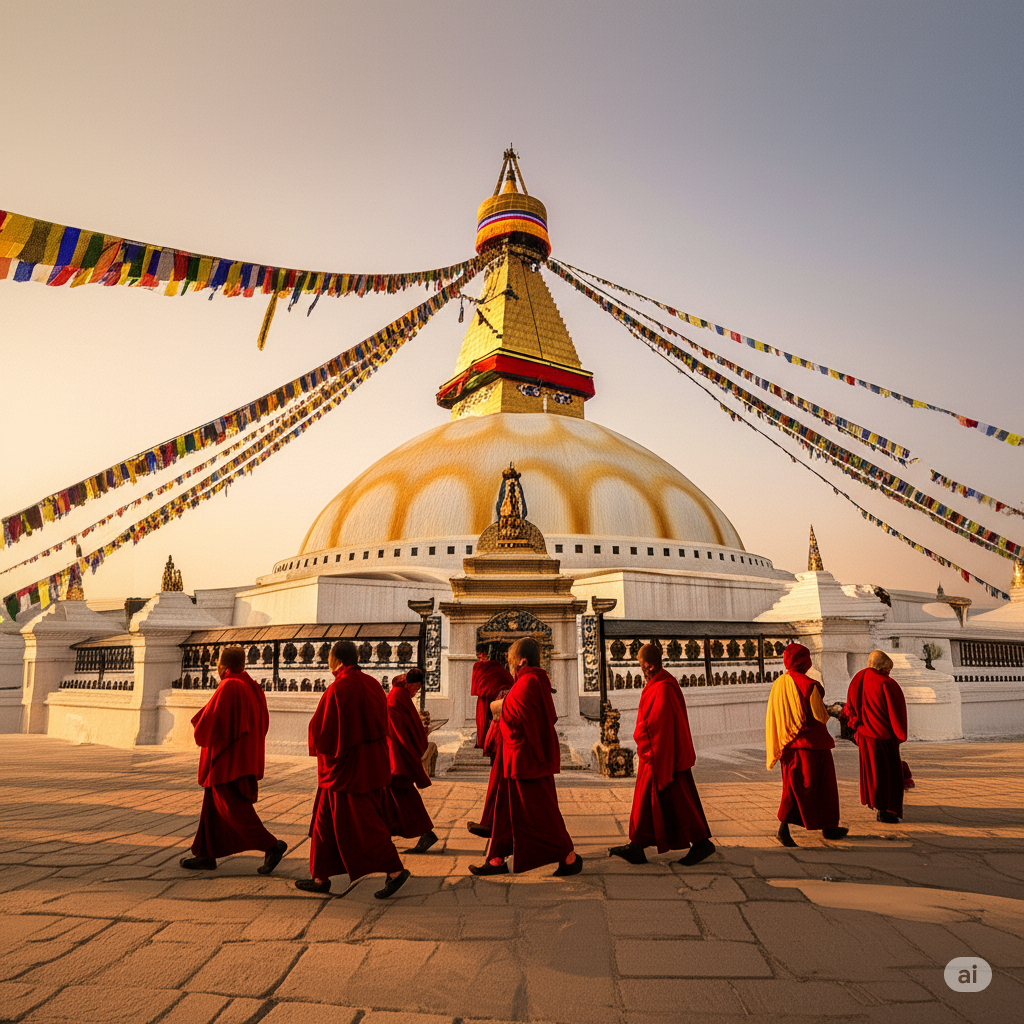
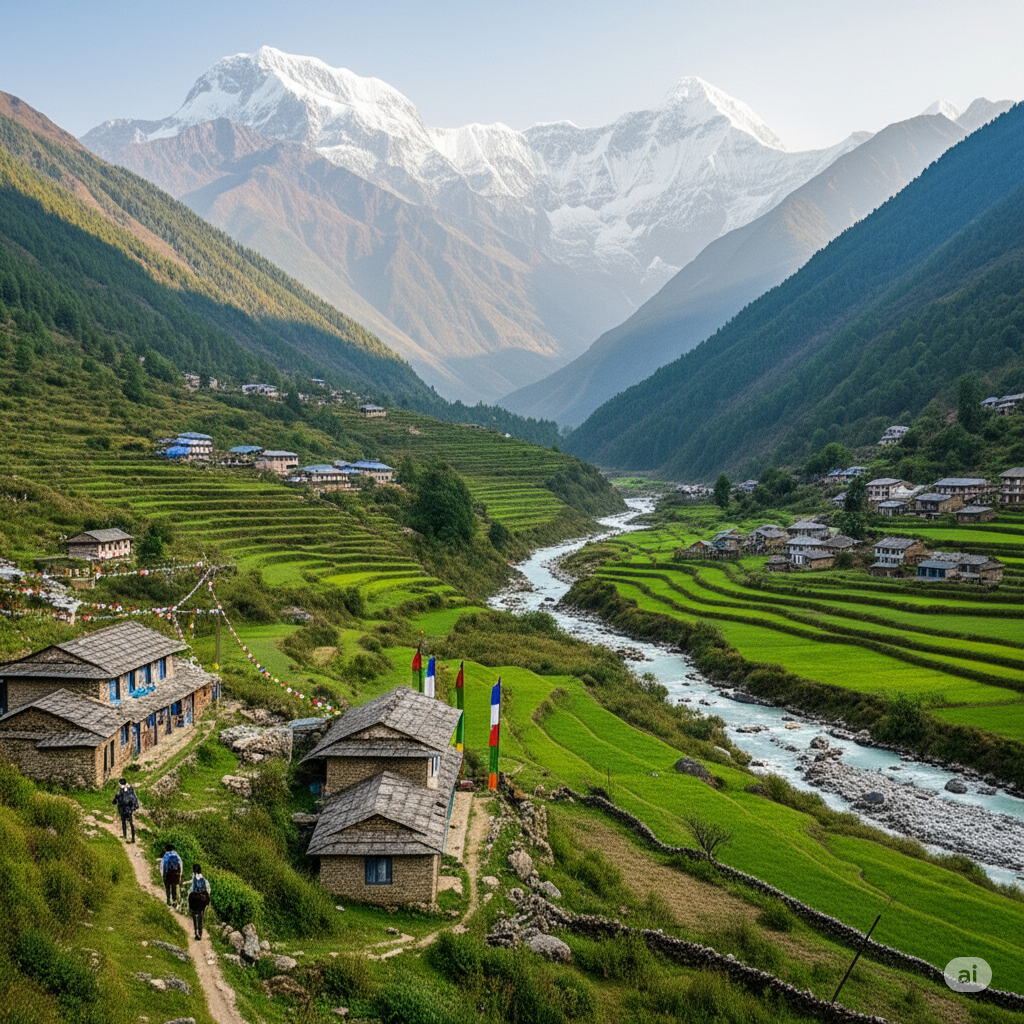
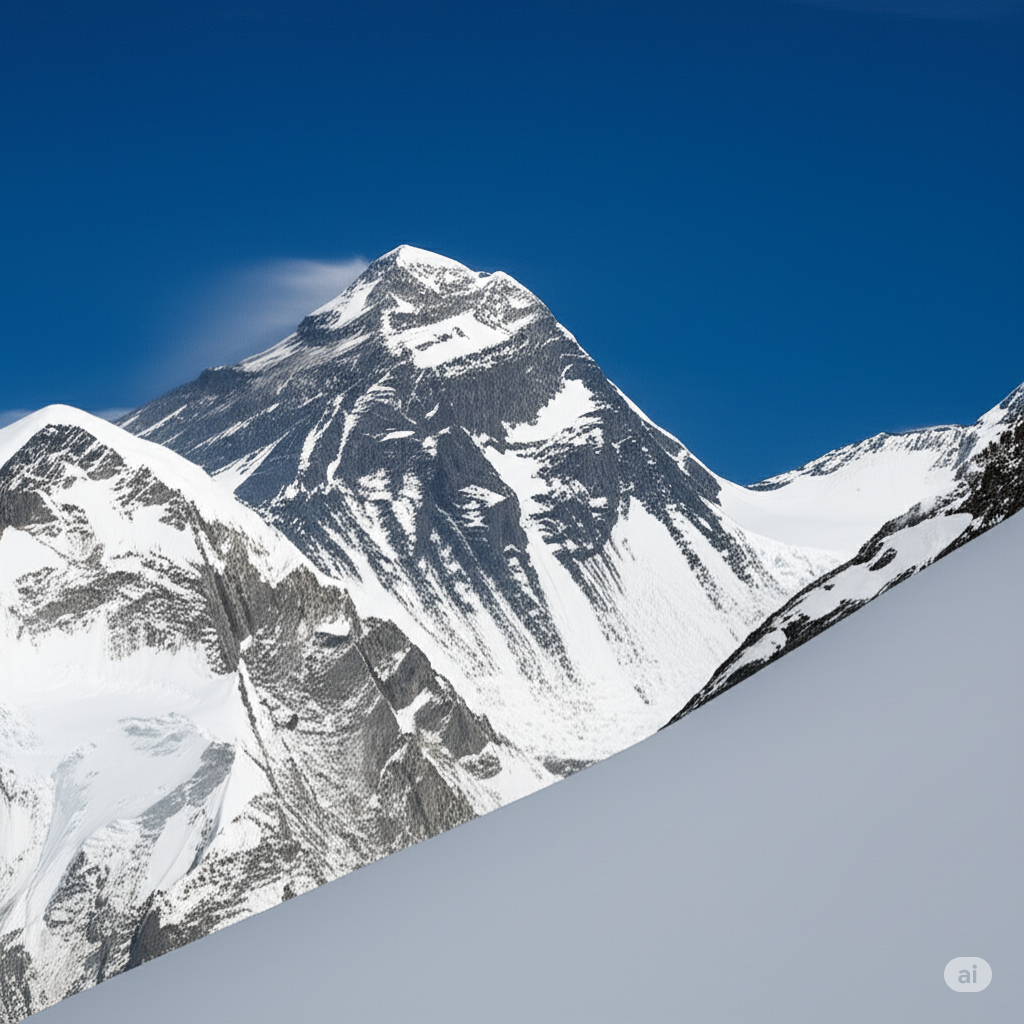
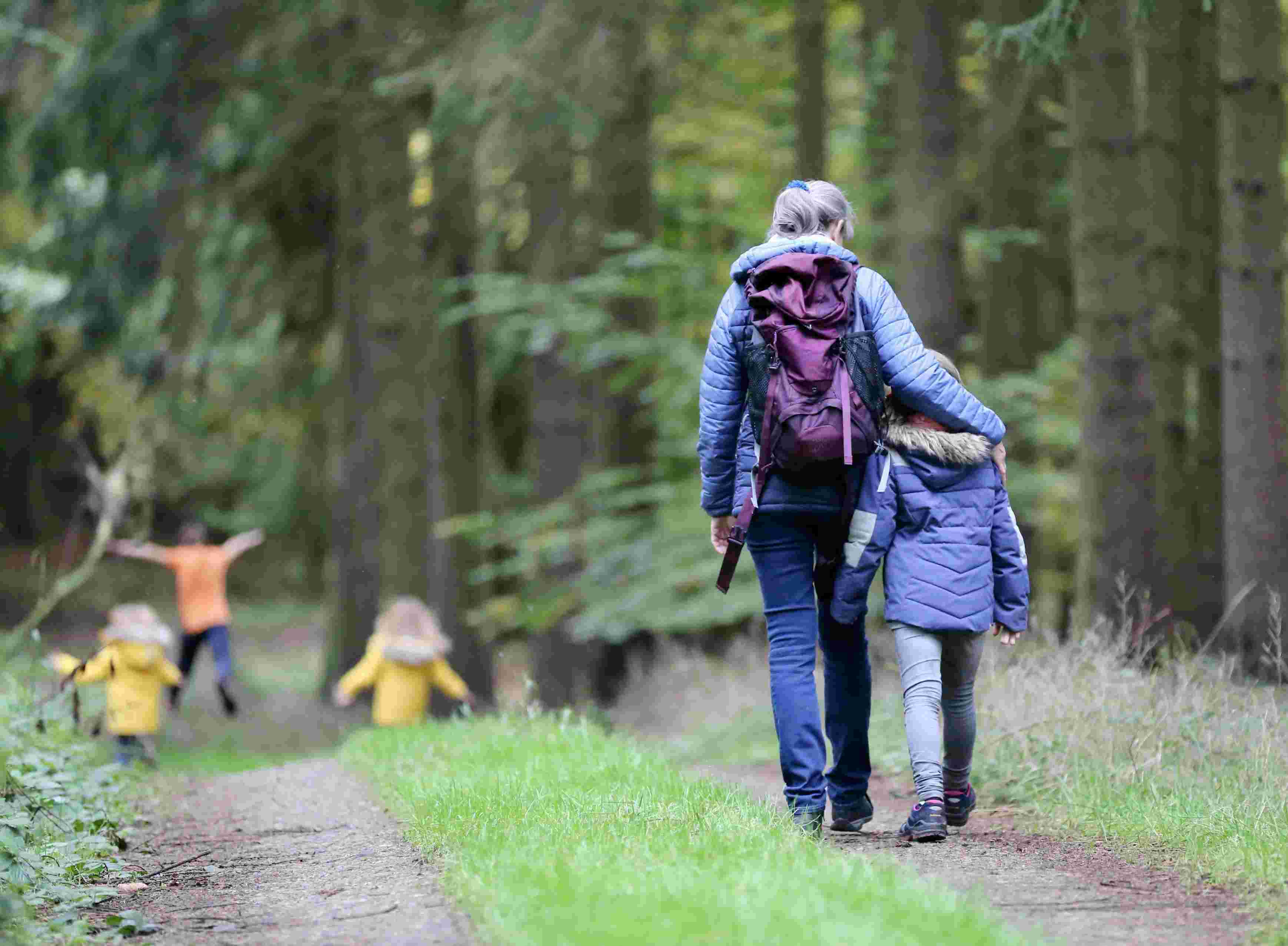
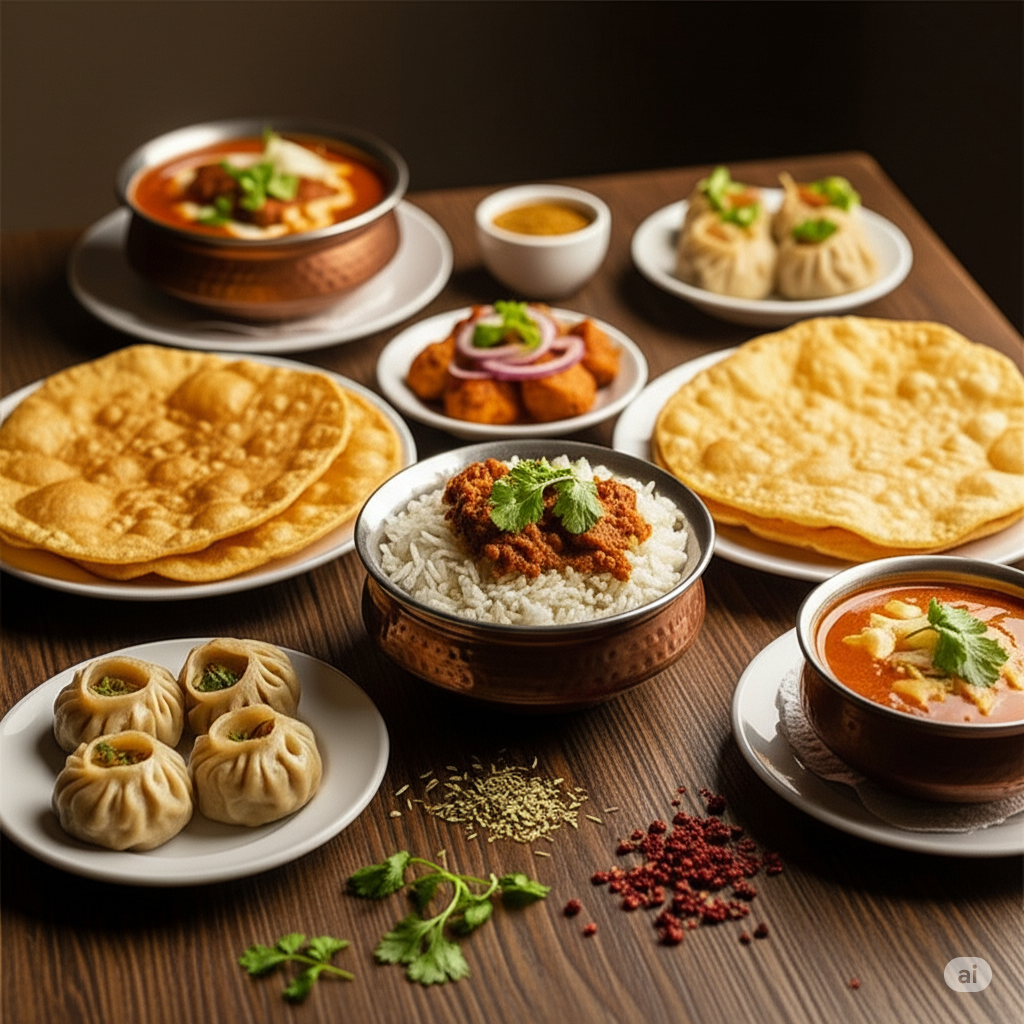
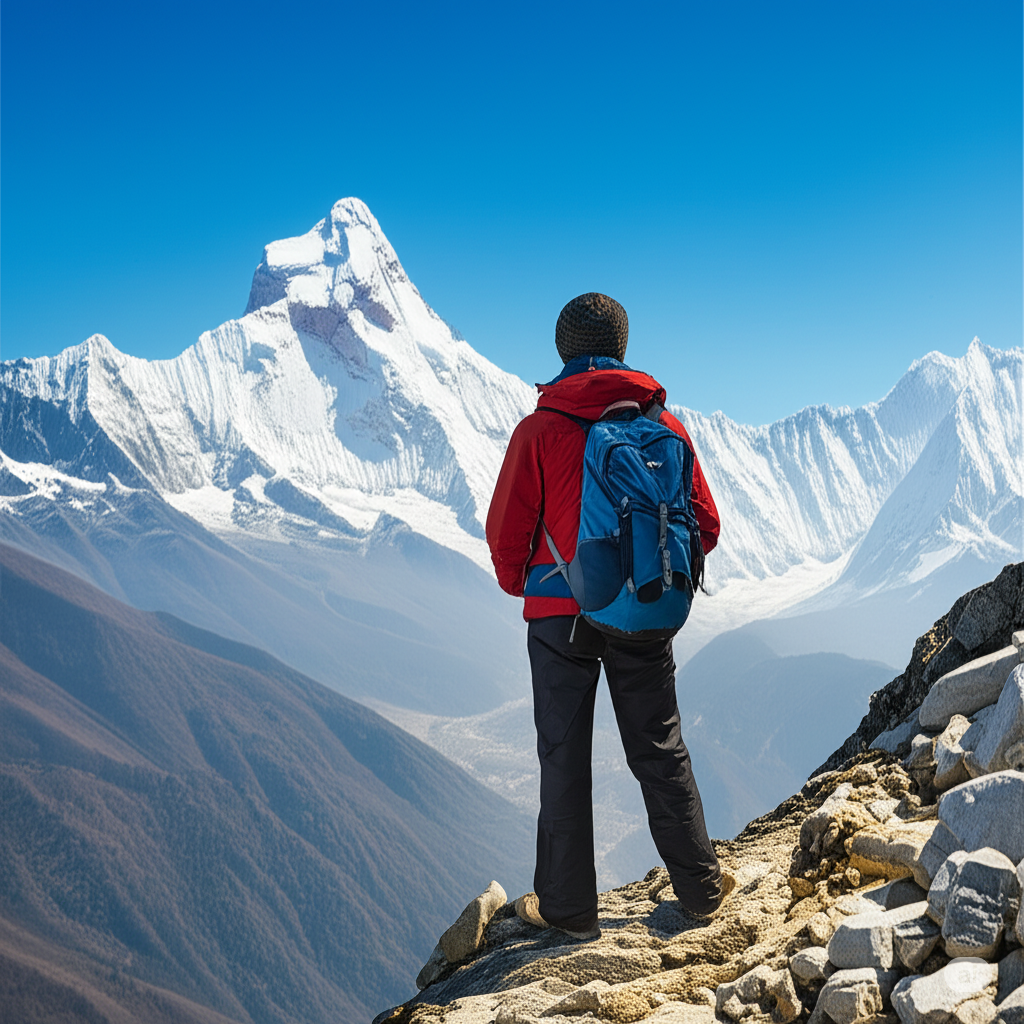
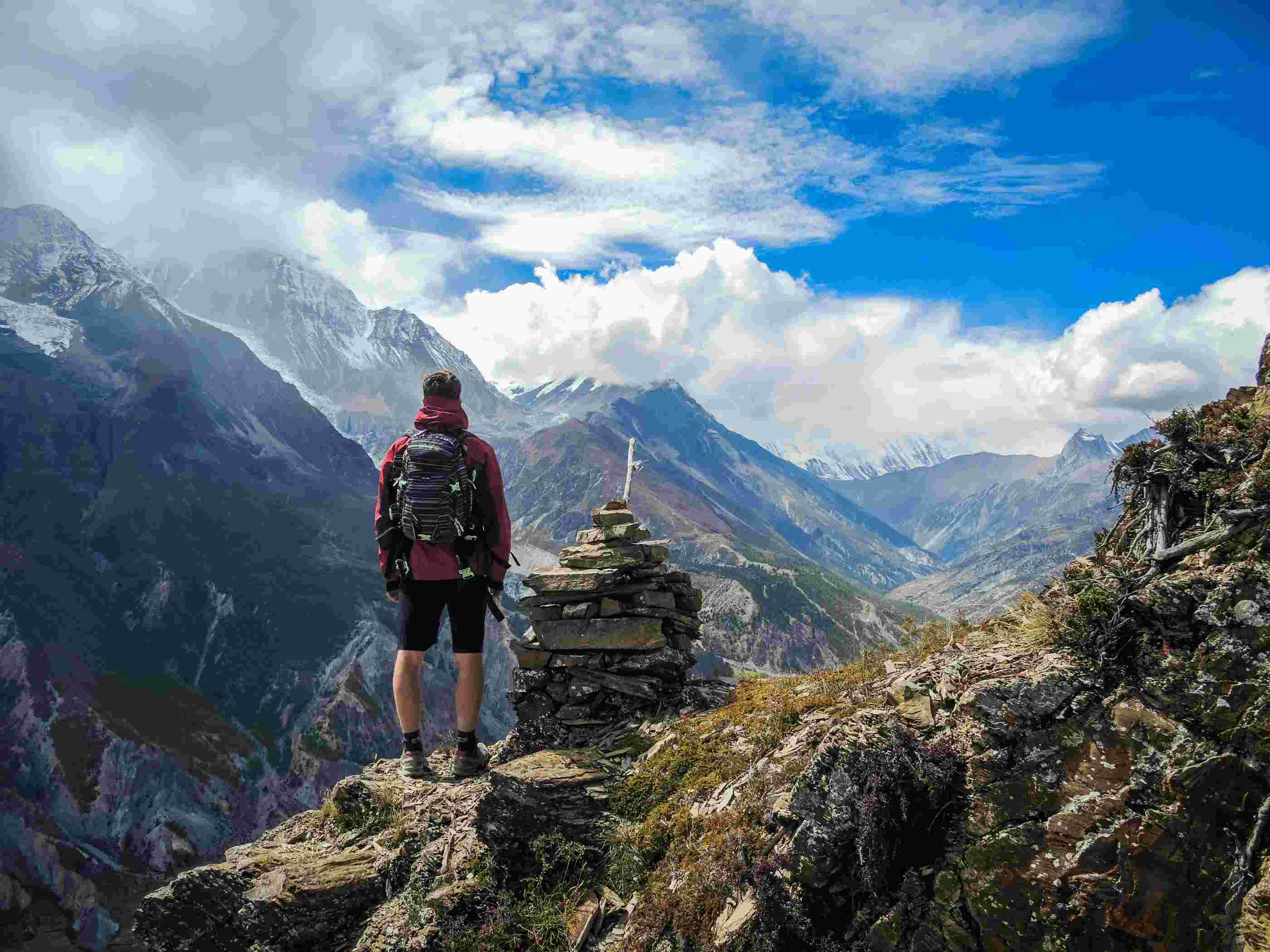

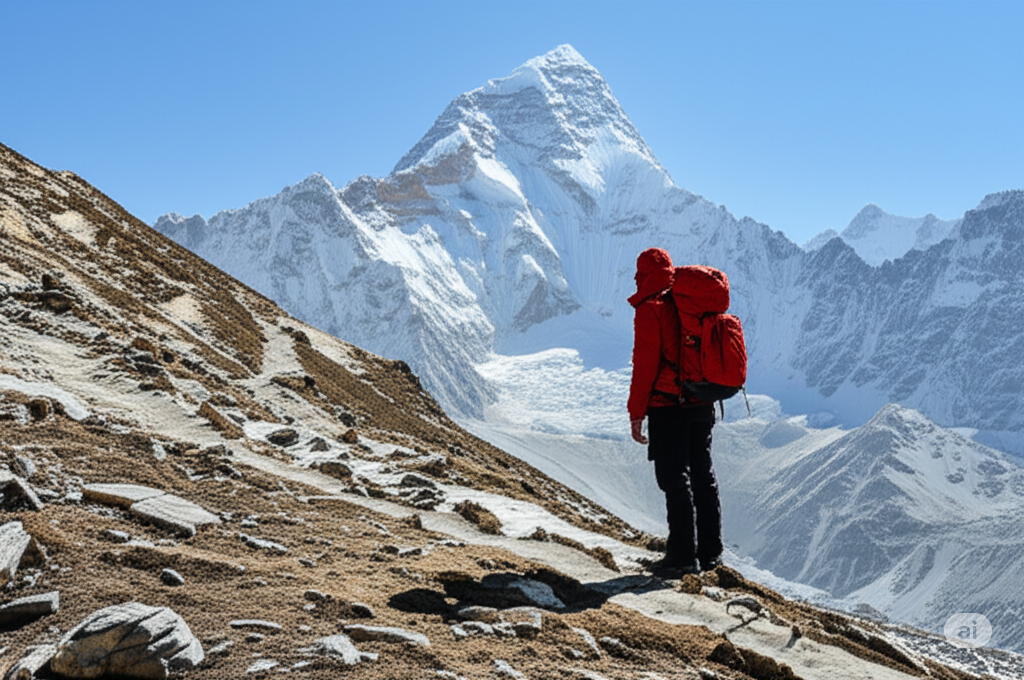
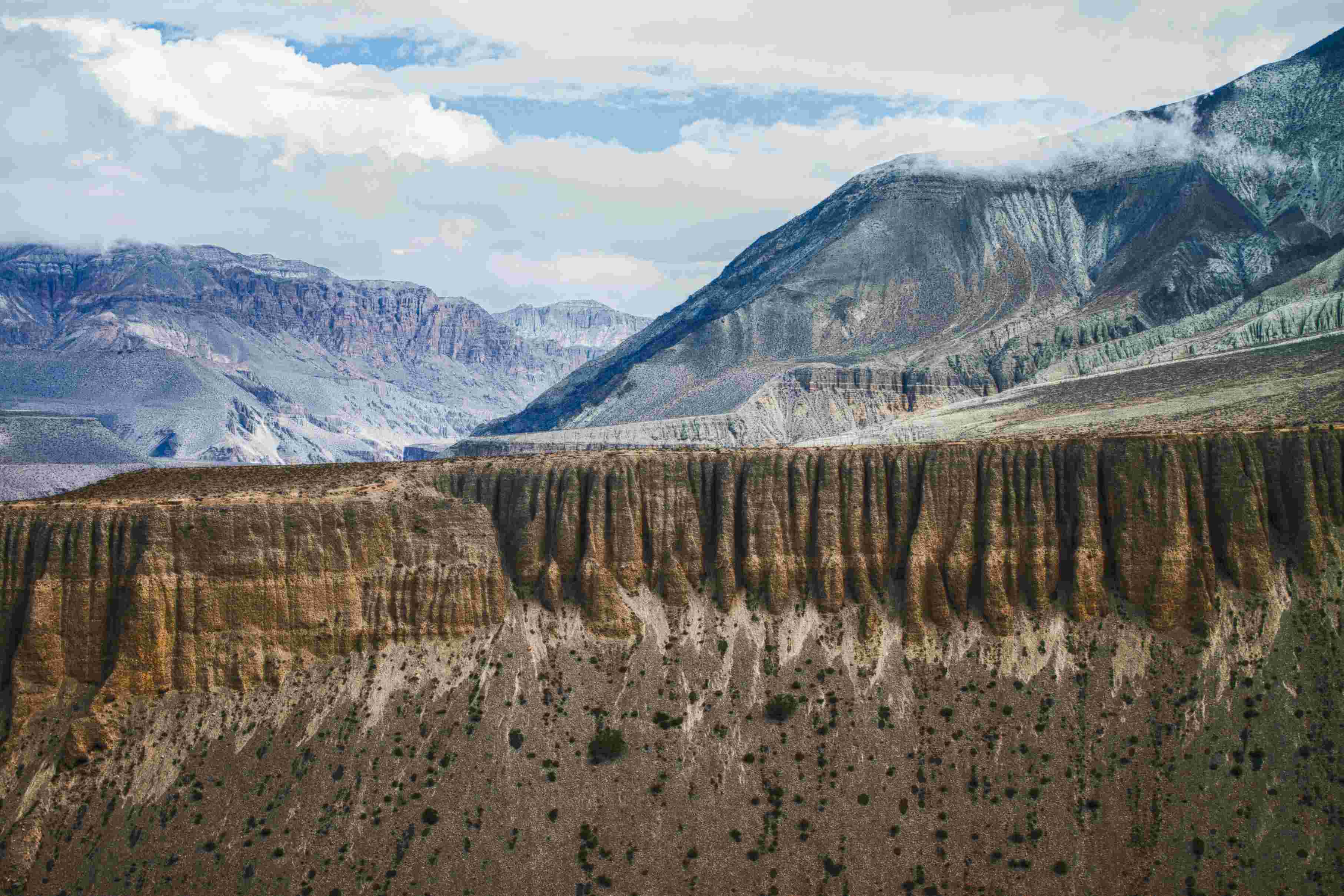
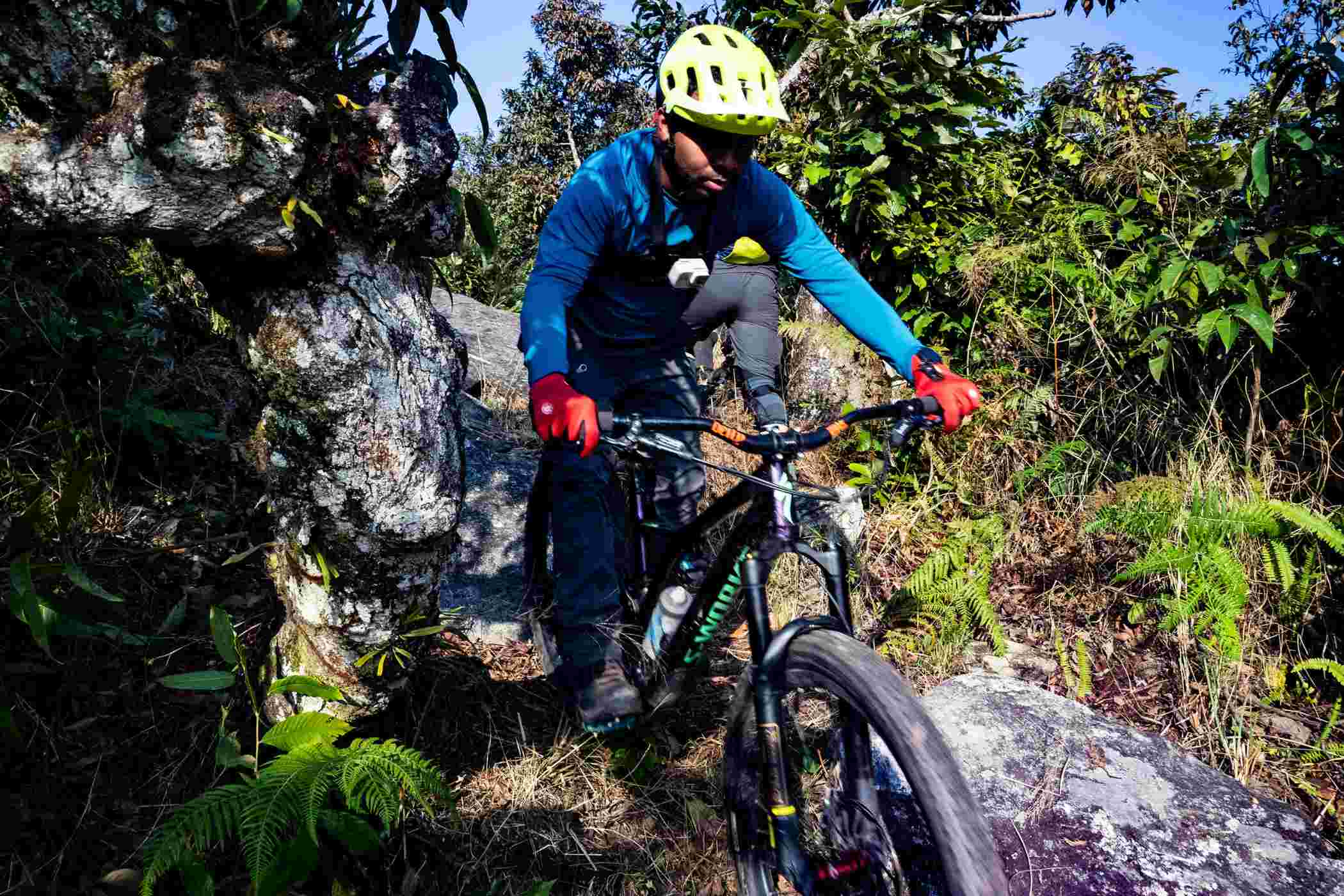
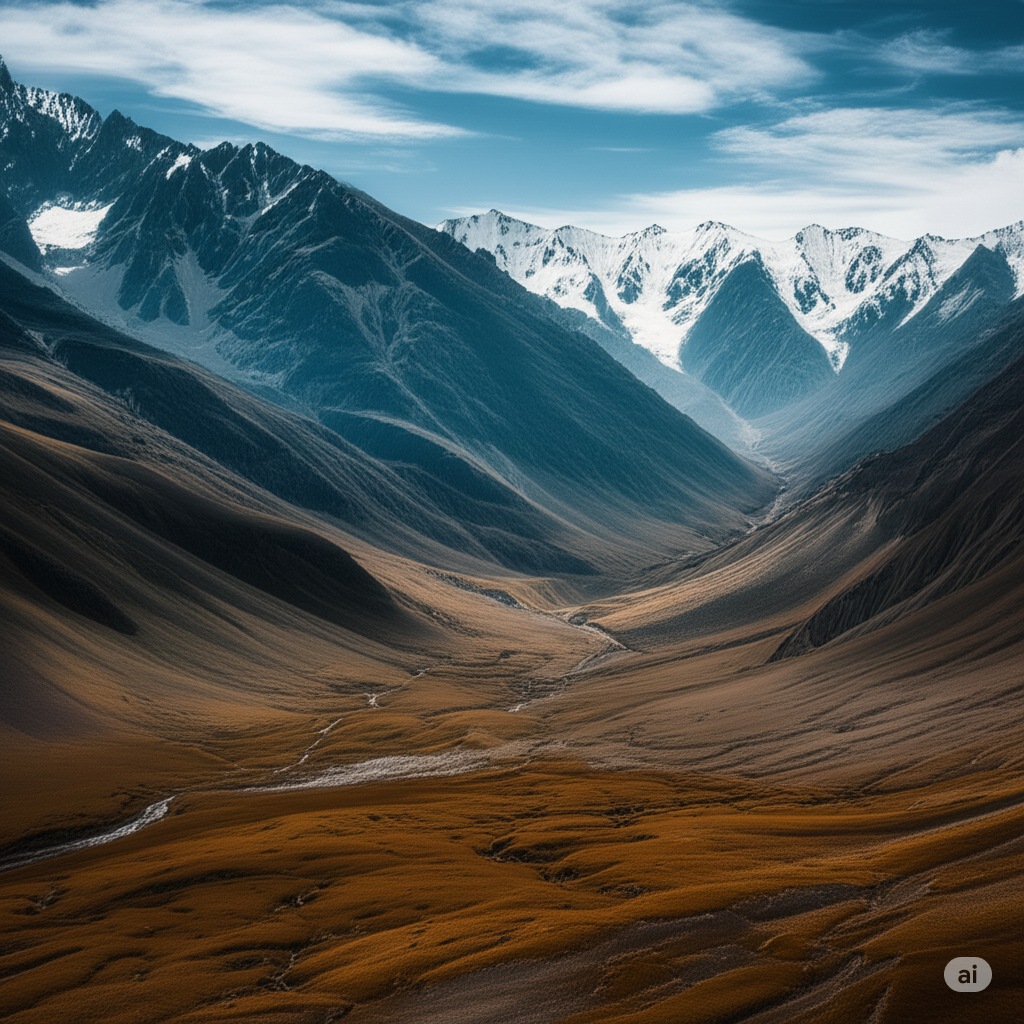

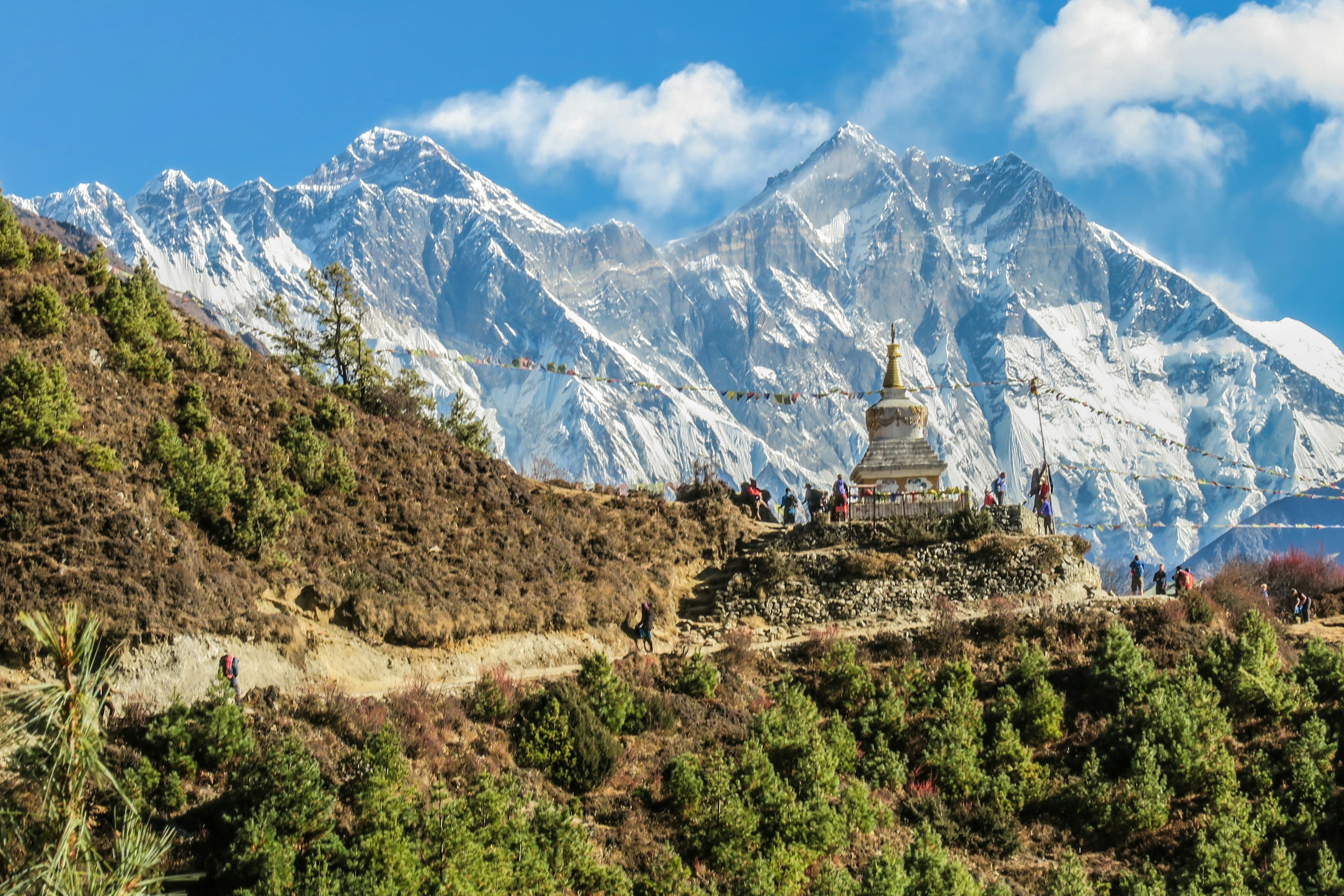
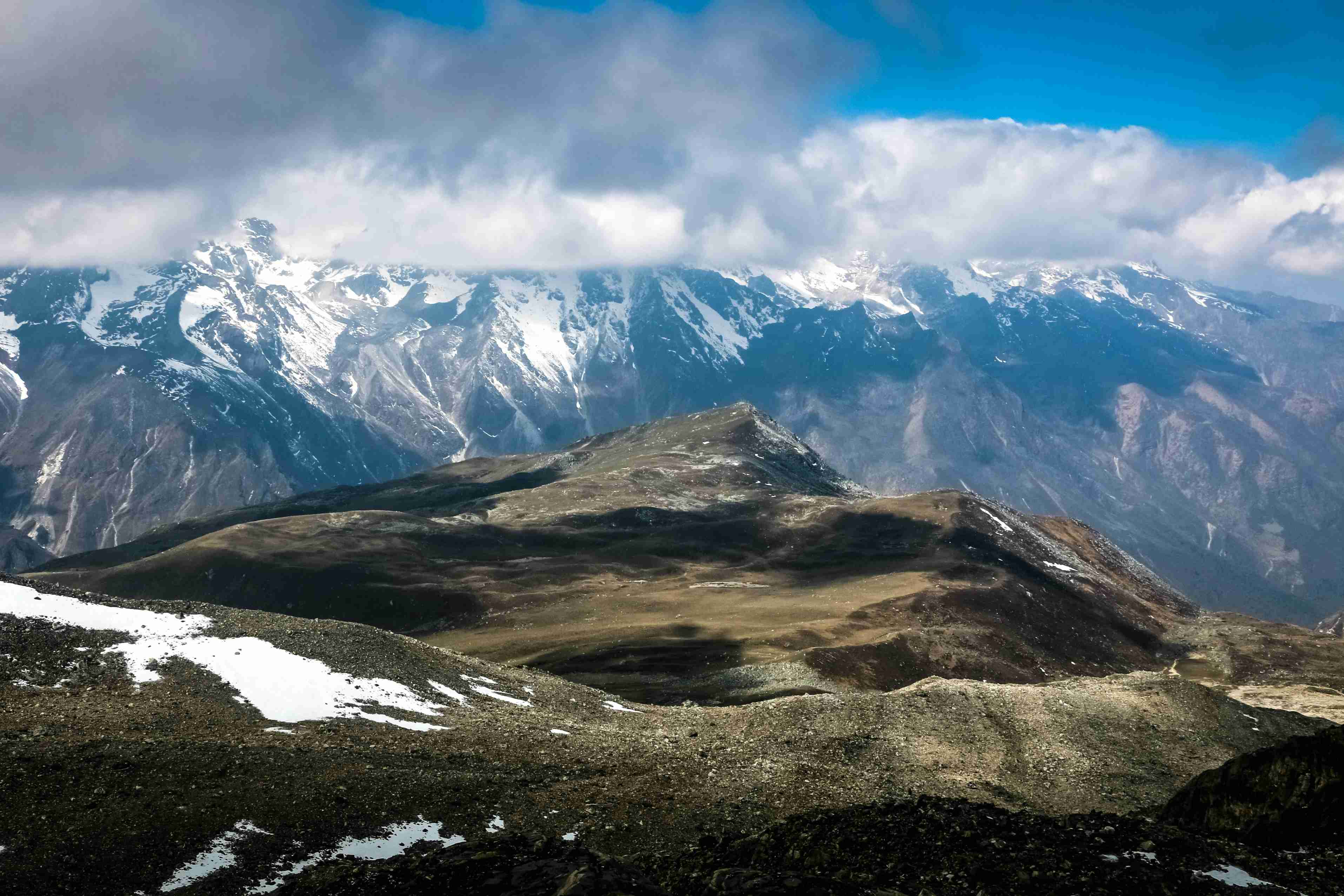
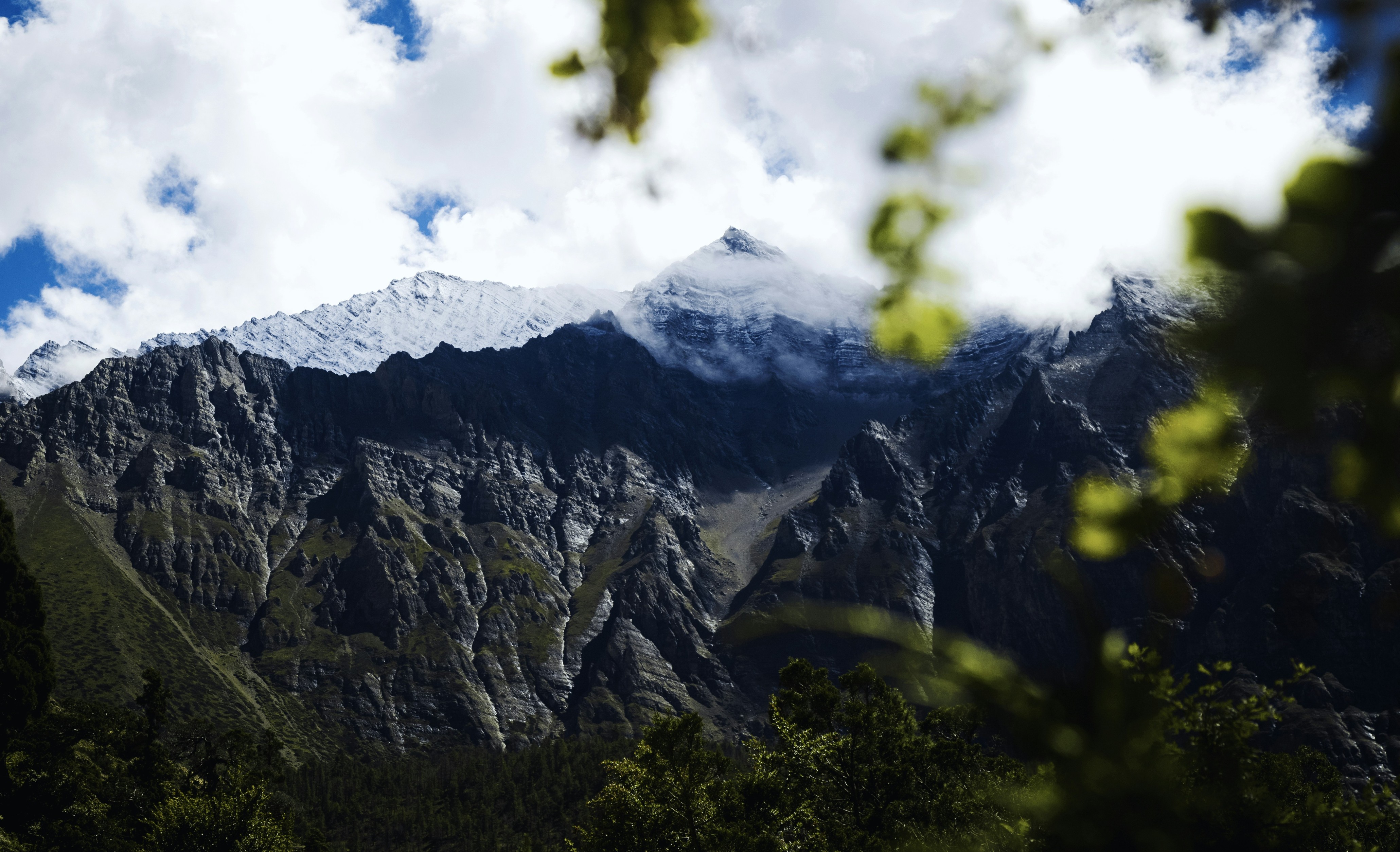
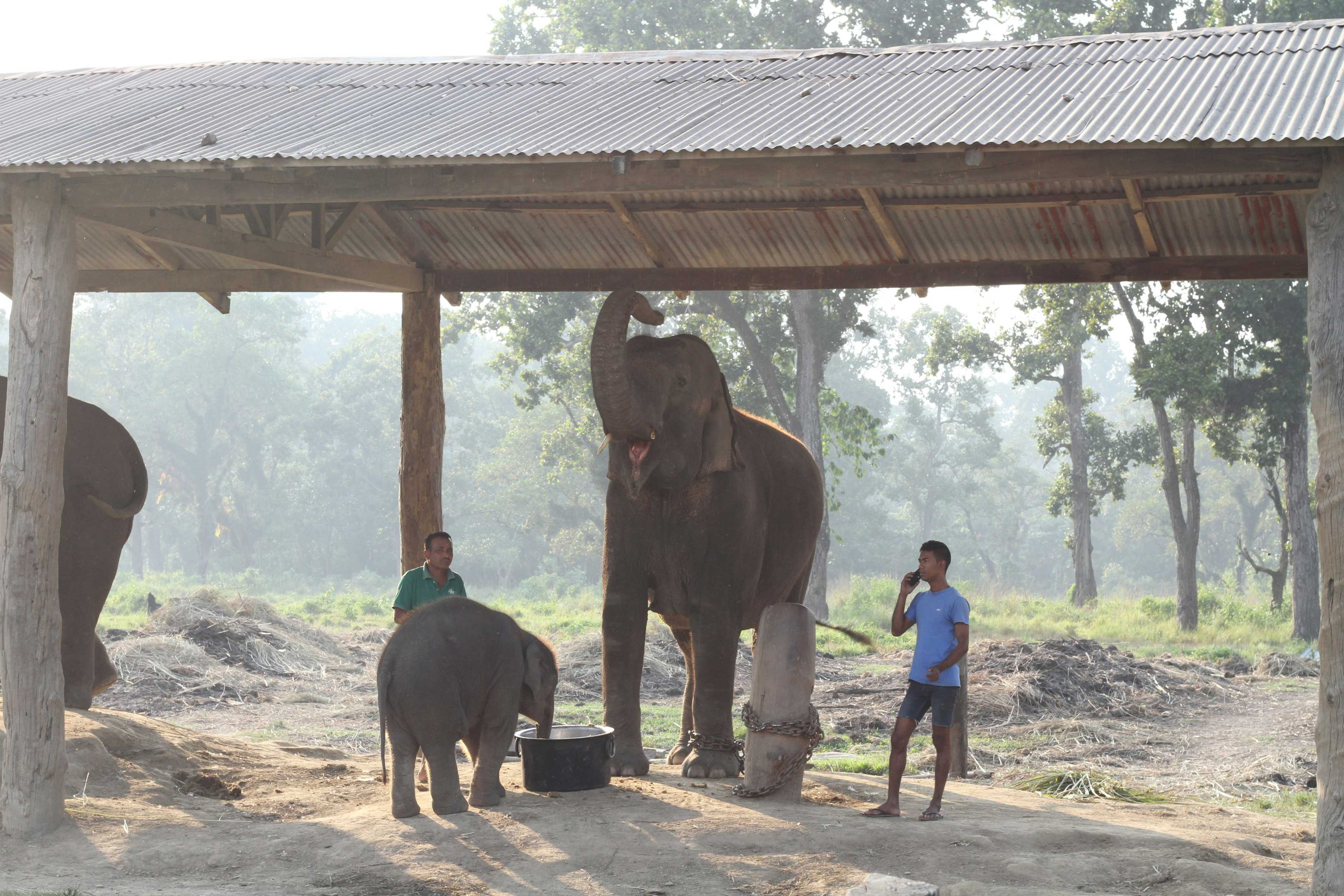
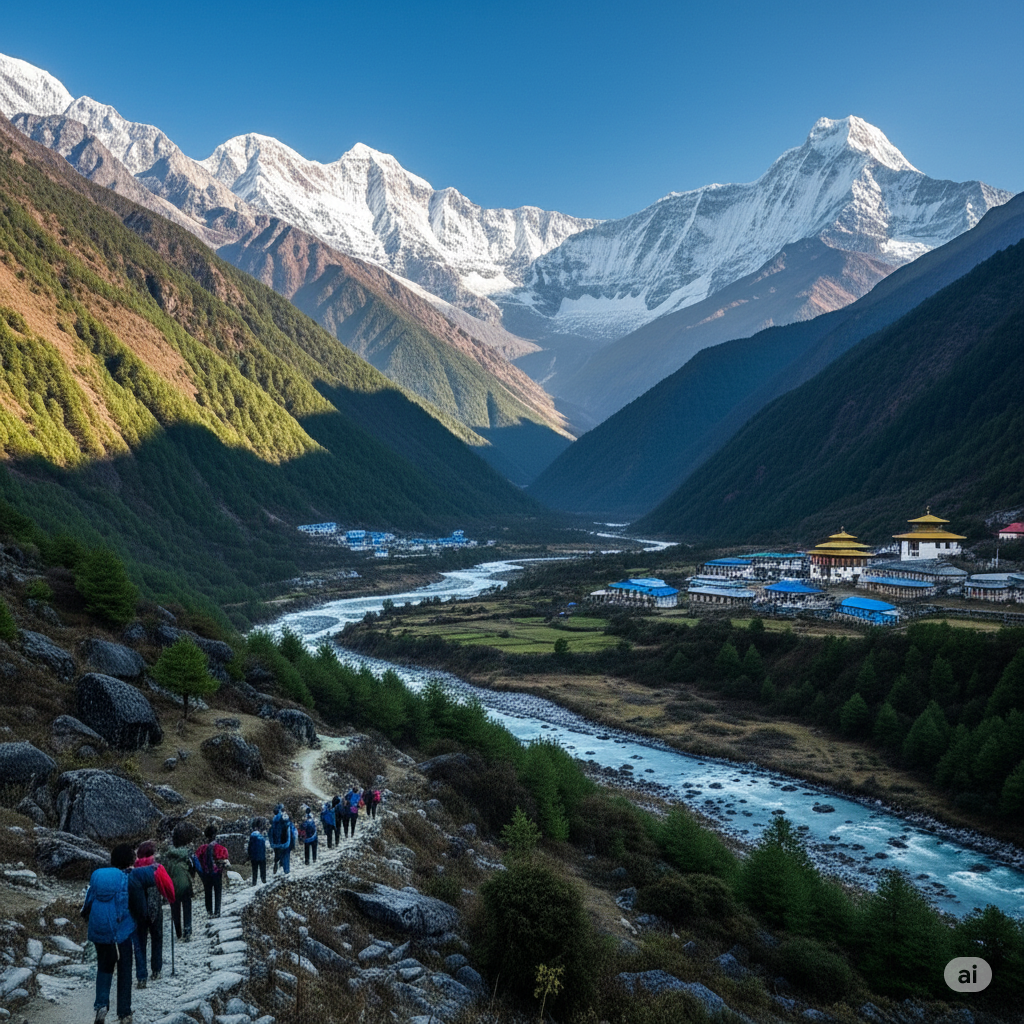
Comments
LOGIN TO POST COMMENT